Hands-On Review of the Rapid Filter System from Alter
It’s not every day I come across something wholly unique in the world of camera gear. More often than not, most pieces of gear are generally a revised version of something else.
So when I was asked to have a look at the Rapid Filter System from Alter, my excitement went through the roof. Here was something I had never seen before.
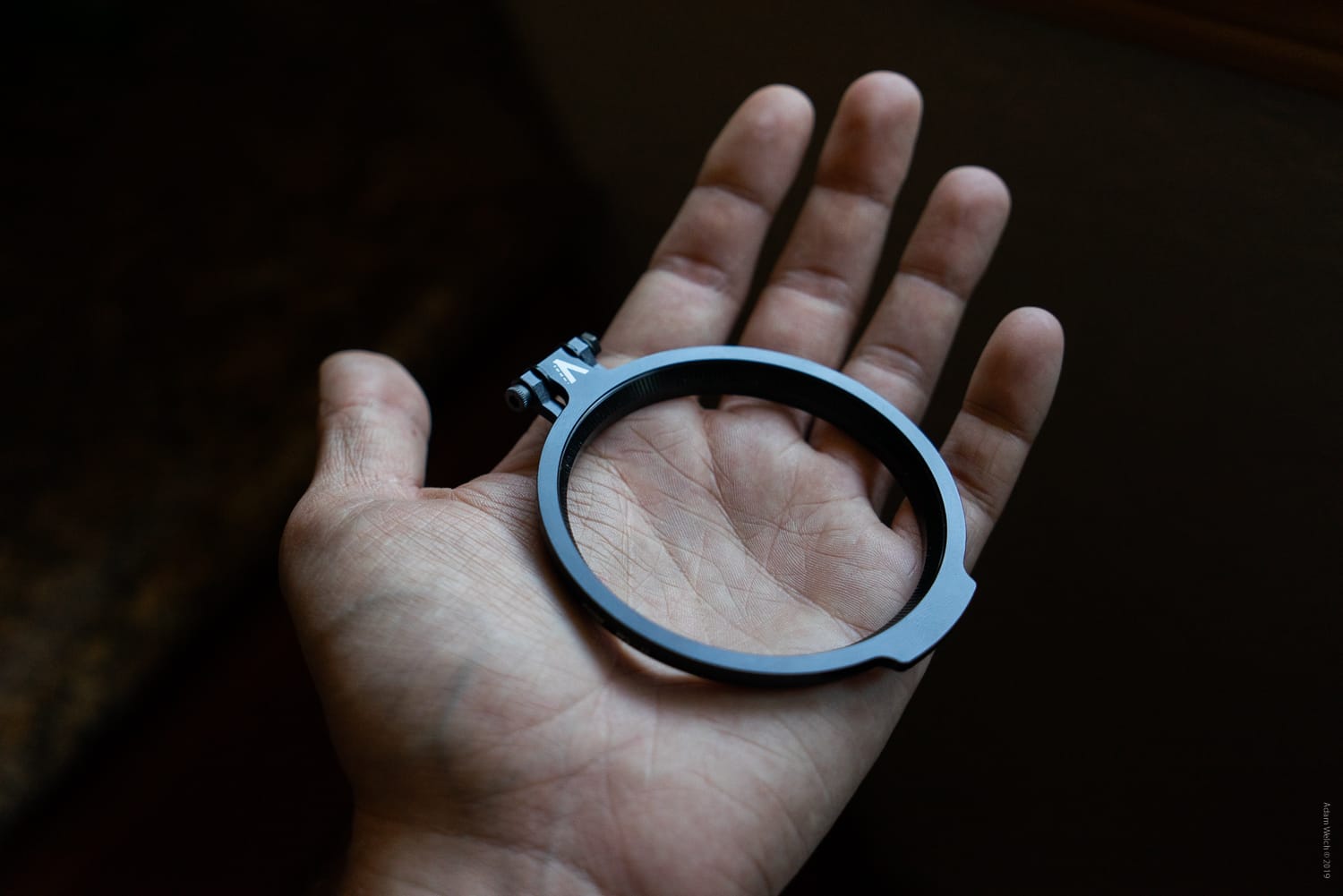
Alter is a US-based company led by photographers who saw a solution to a common problem we all face from time to time when we use filters on our lenses; we have to install and remove them constantly. Since not all of your photos or footage require a filter, decided to manufacture a system that allows the quick application of any circular-type filter with an ingenious flip-up filter holder.
What’s in the box?
When the RFS arrived, I knew it was something completely different than I had ever evaluated. It arrived in an impressively innovative box along with a couple of tools for applying and adjusting the filter holder mechanism.
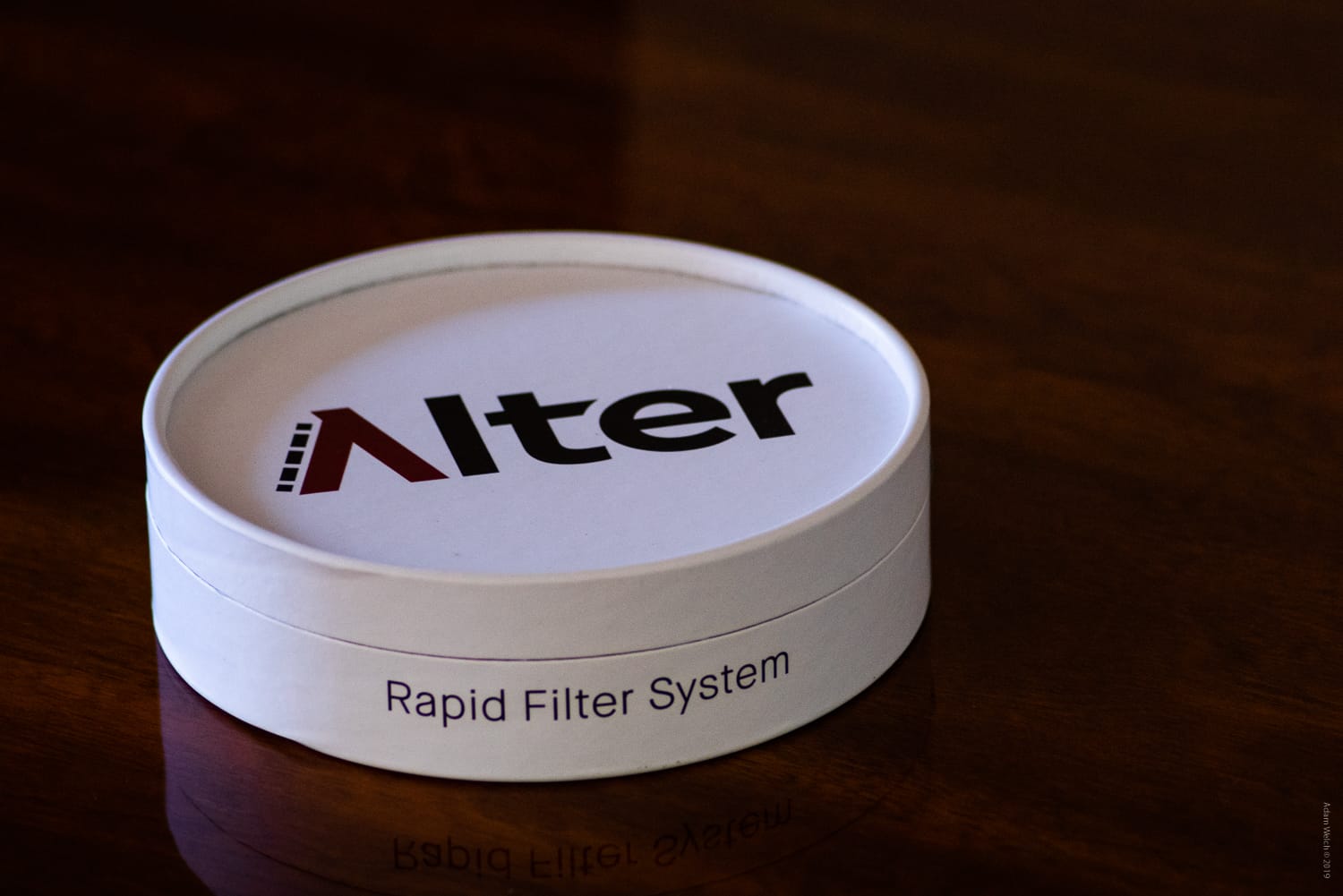
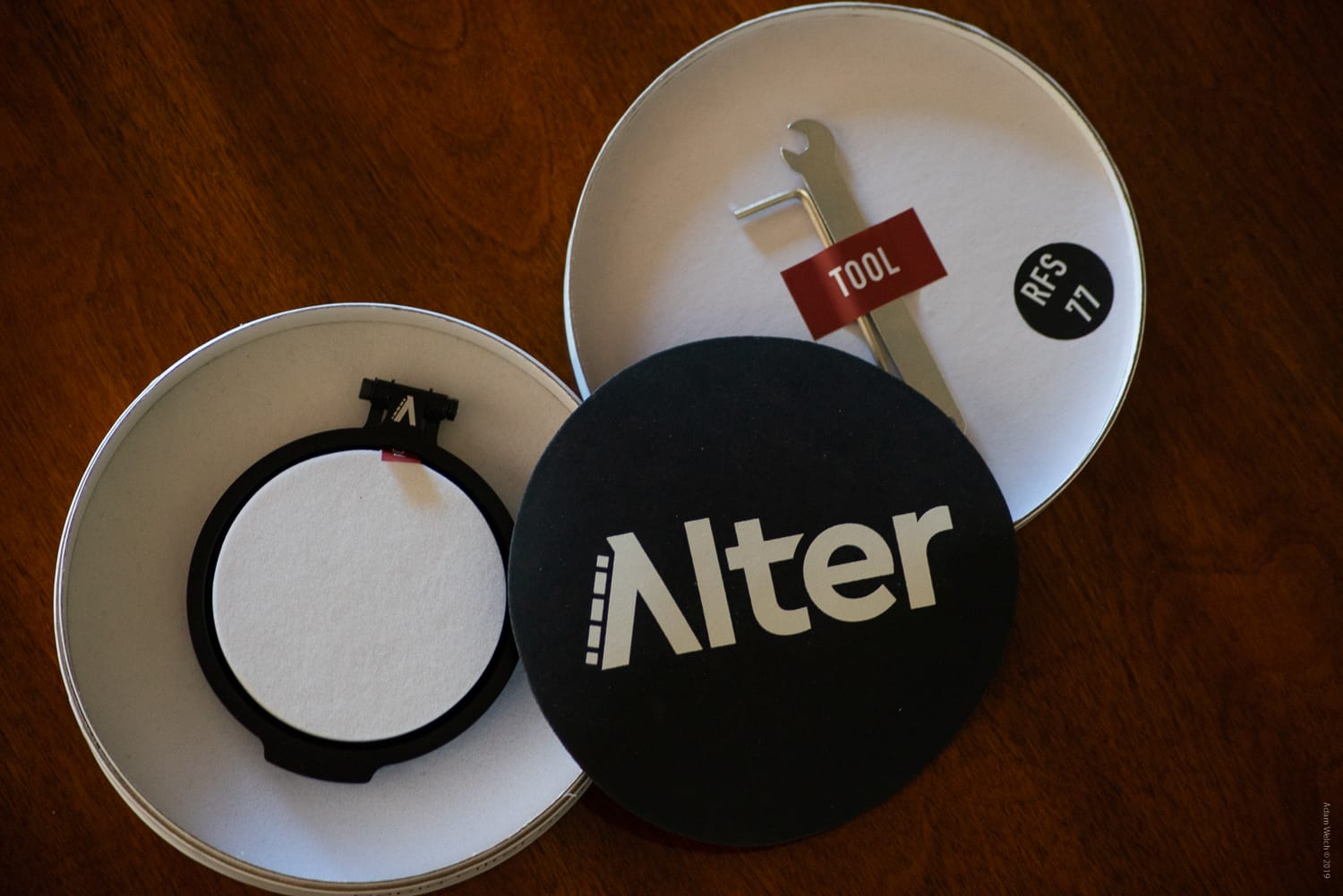
I’m big on first impressions, and they go a long way when evaluating any product. After seeing how well the packaging for the RFS was executed, I was even more excited to try it out.
A Fresh Take on a Simple Idea
The RFS and RFS+ (more on this in a second) are of simple, yet clever, two-piece design. Made from black anodized aluminum, the RFS feels perfectly sturdy in hand without being heavy. It attaches to the front of your lens by means of a screw-on ring which essentially sandwiches the RFS between the ring and lens body. This has made for an extremely solid yet versatile platform thus far with no gaps or misalignments.
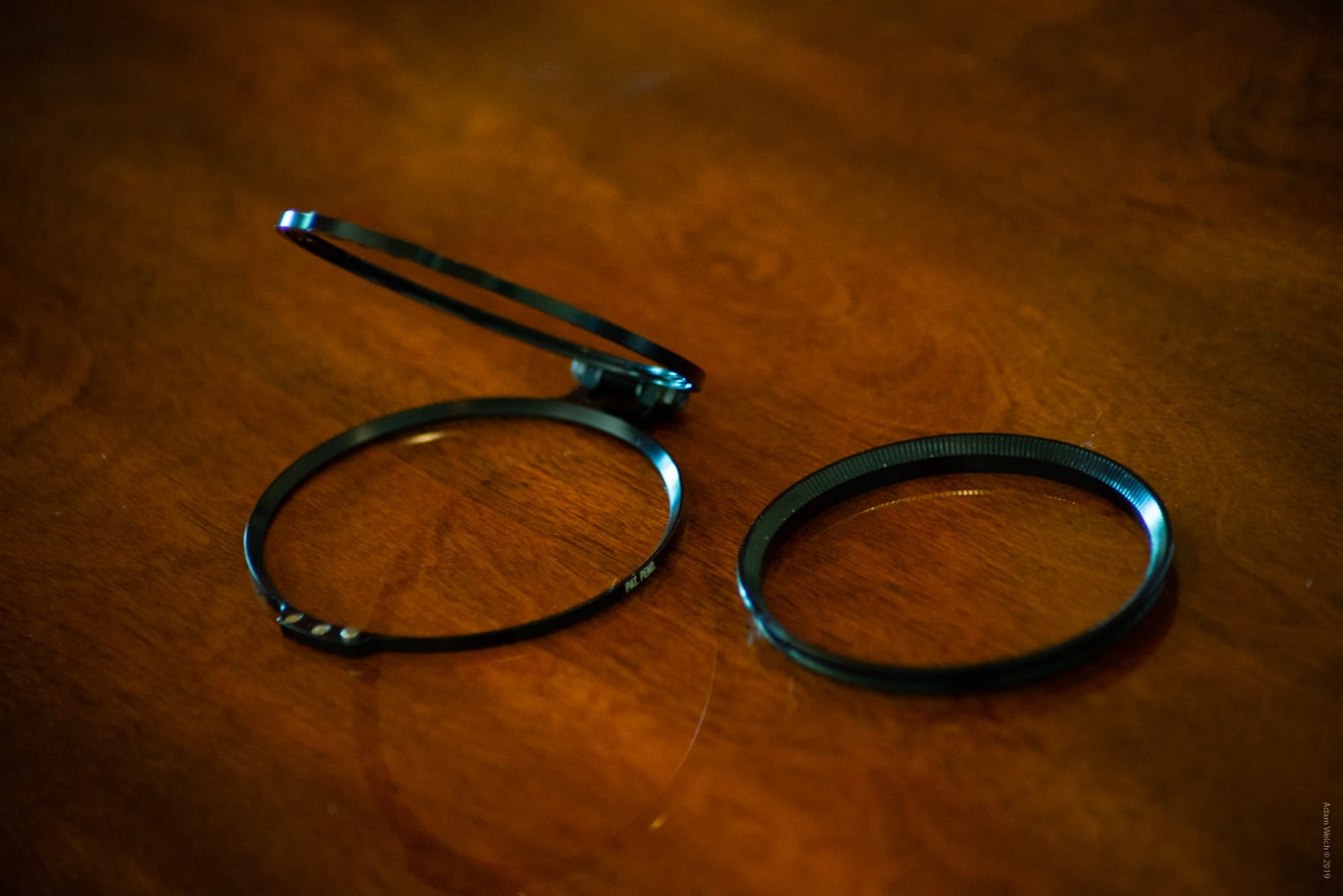
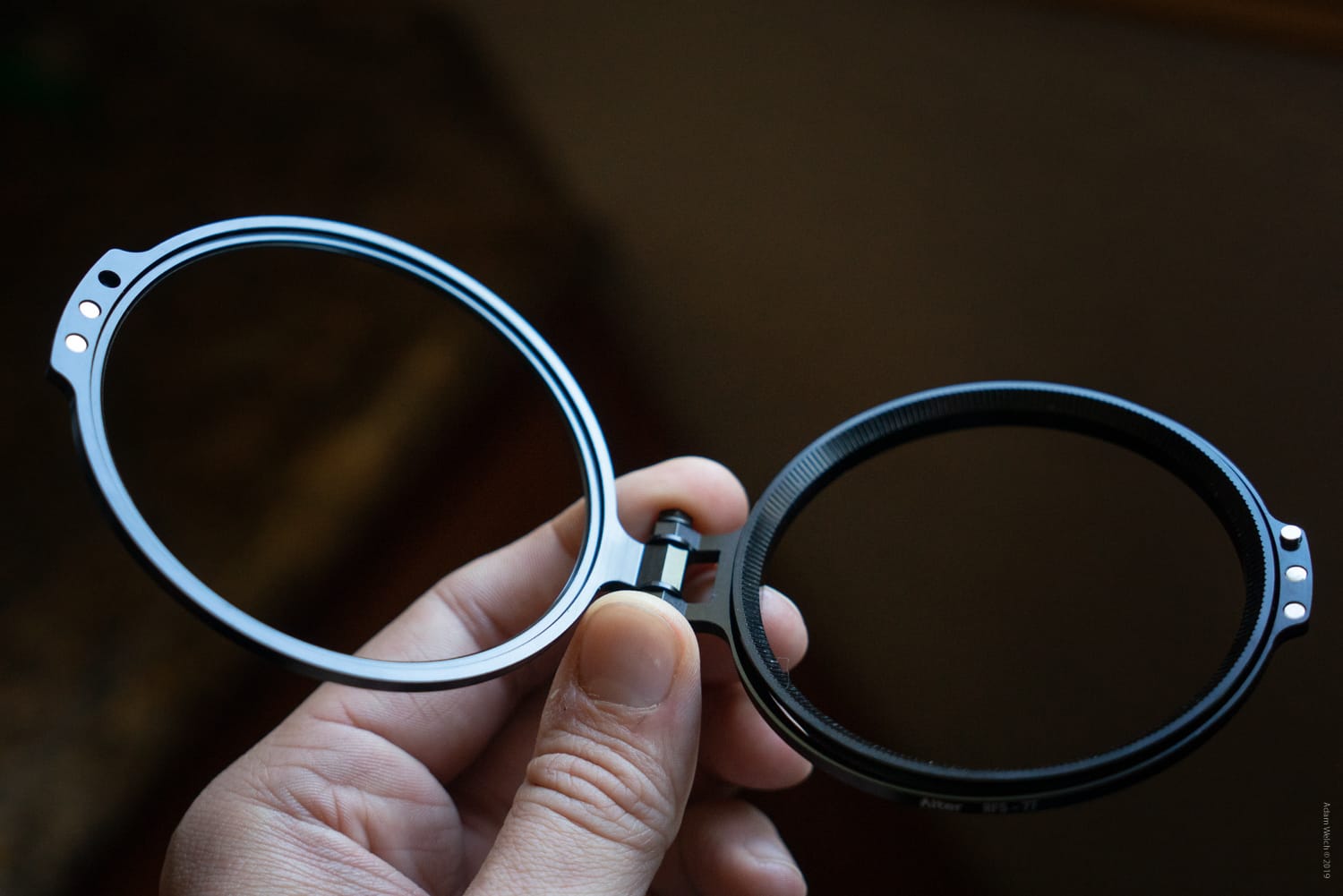
Overall, the RFS looks great and sports well-executed machining lines and clean grinds all the while being incredibly easy to mount to your lens. Screw on the RFS to the front of your lens as you would any other type of threaded accessory…
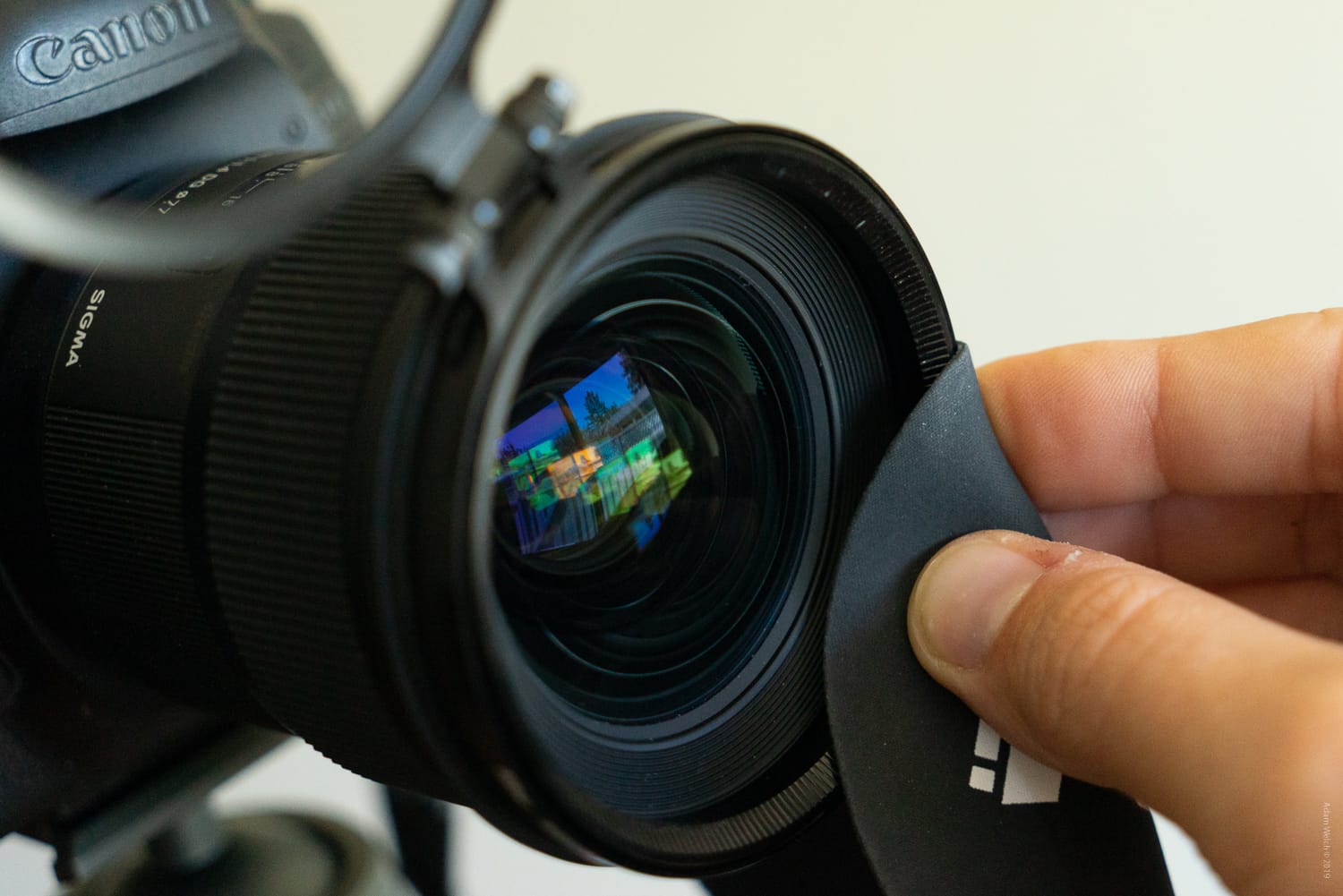
If you need a little extra help, the included rubber applicator will come in handy… and also make you miss your old mouse pad.
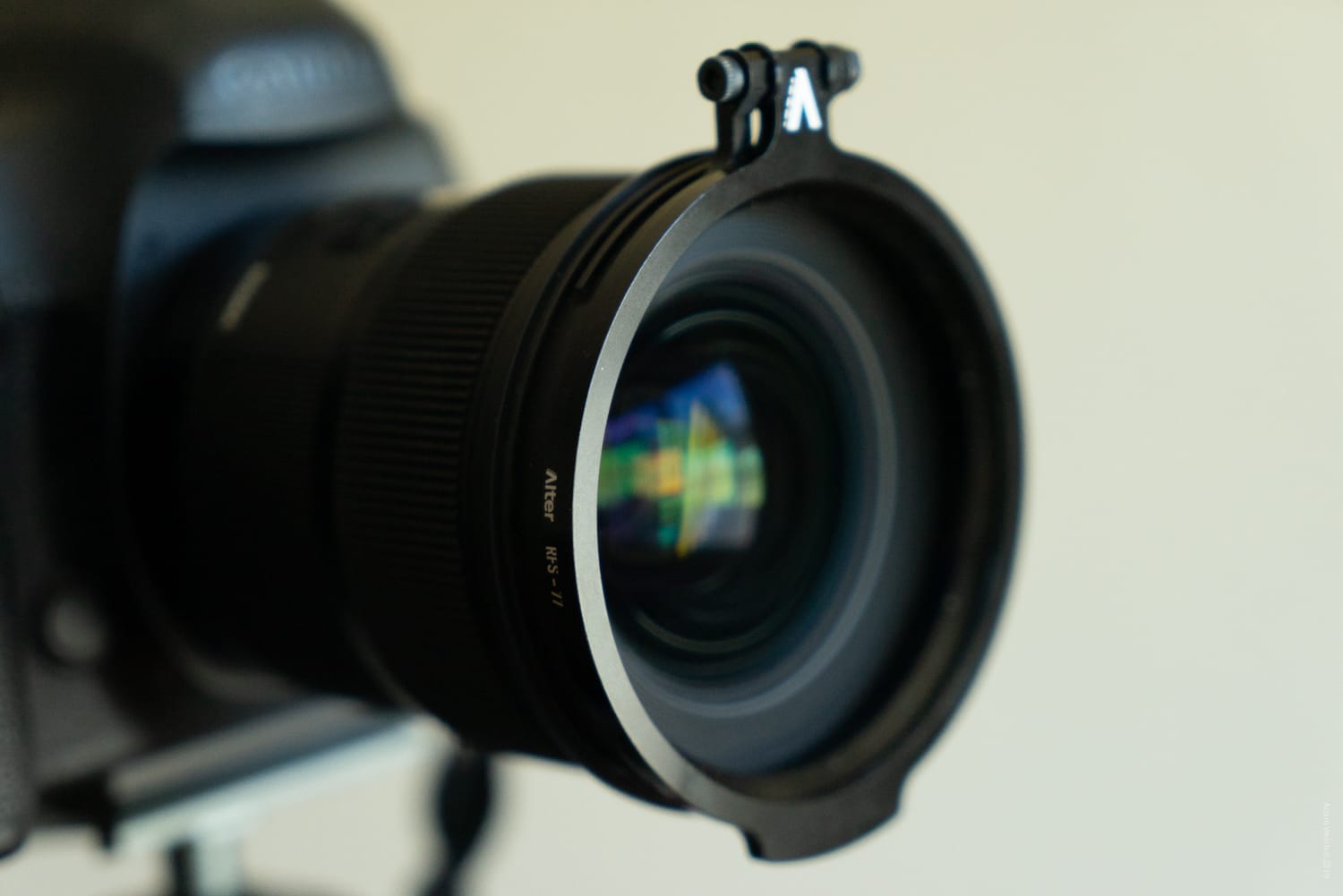

Attaching a filter to the RFS is equally as straightforward. Nothing new here. Just screw the filter to the front portion of the RFS.
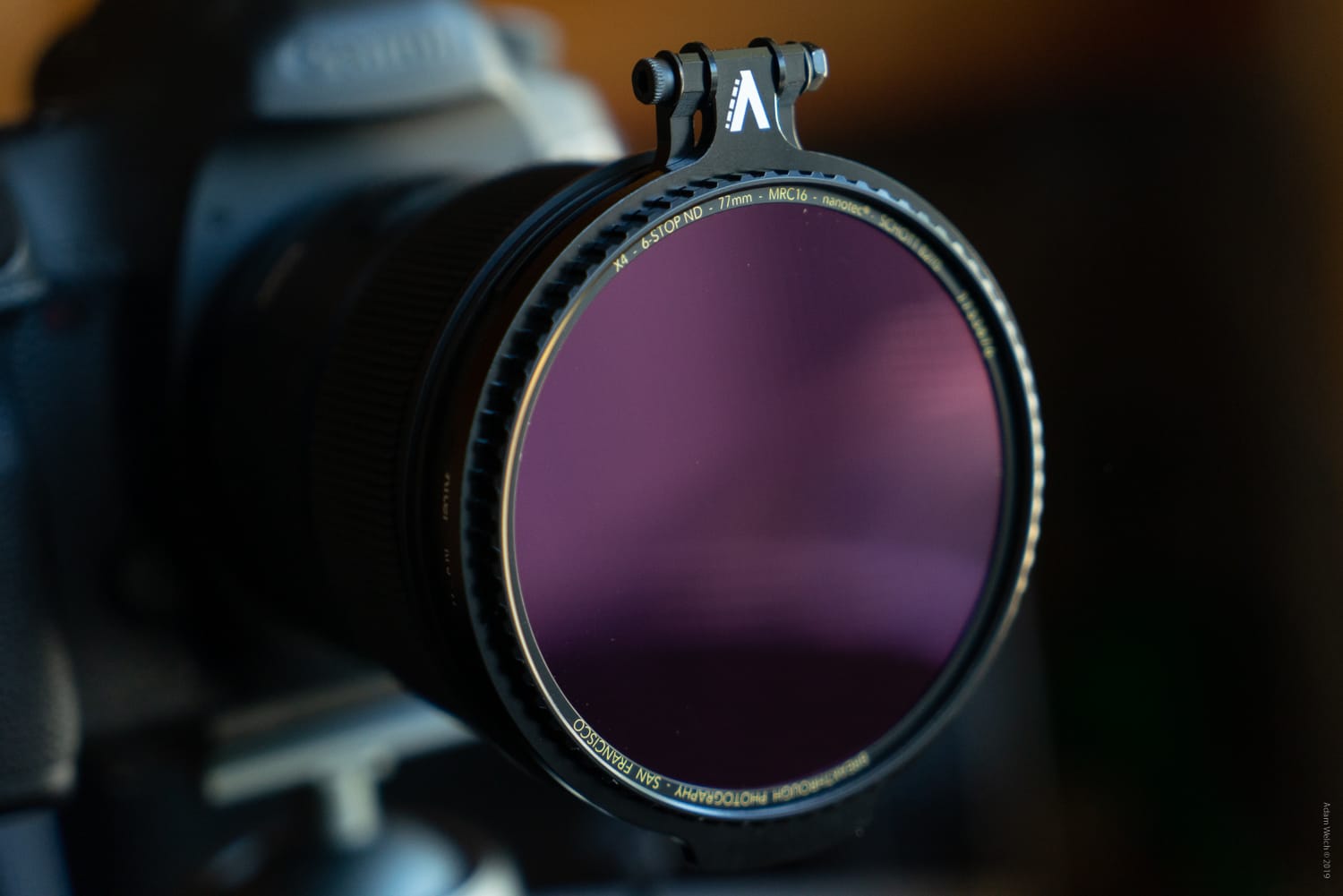
When you no longer need the filter, all that is needed is a quick flip, and it’s up and out of the way.
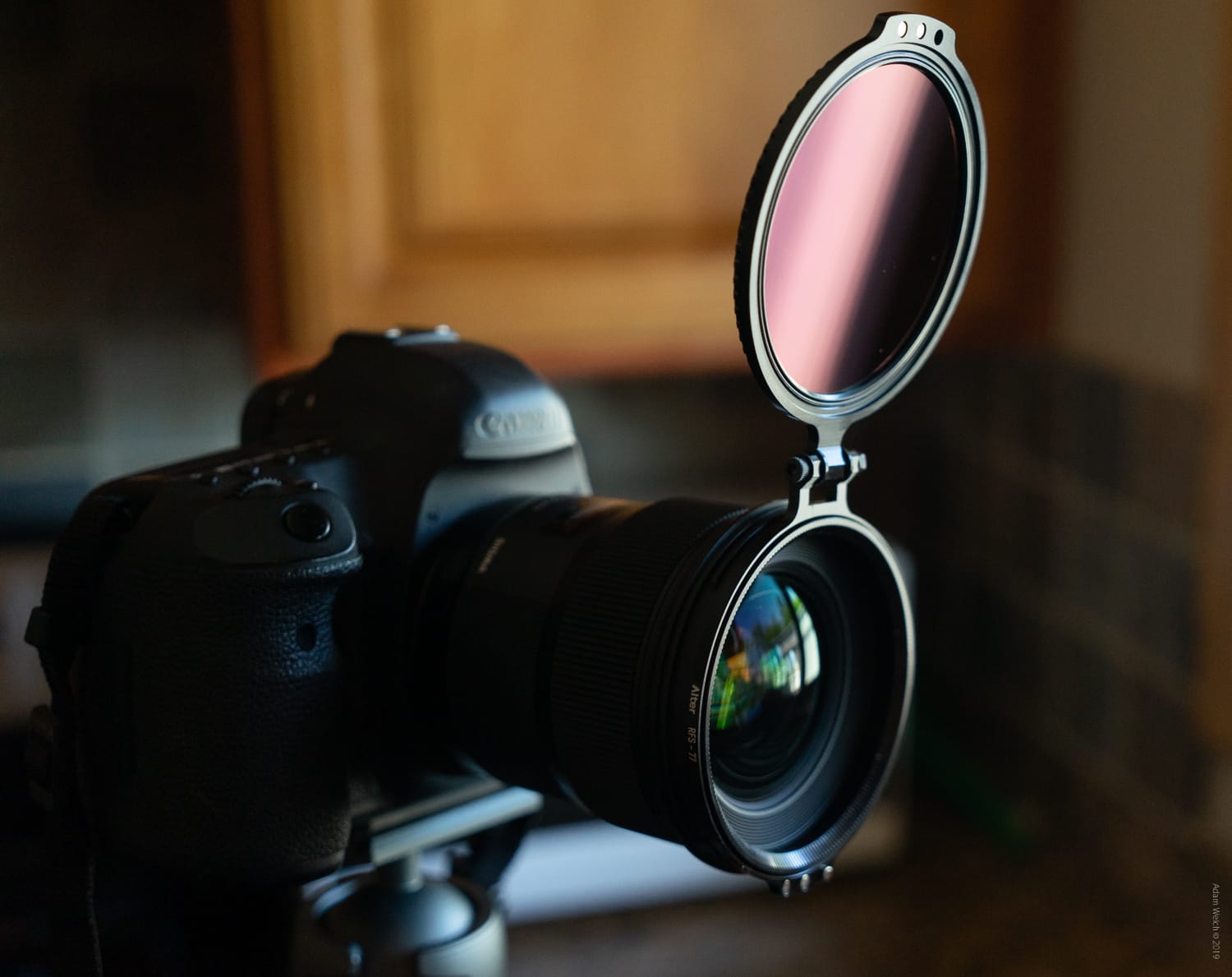
How Does it Work?
The hinge mechanism of the RFS operates by friction, and its tension is fully adjustable with the included tool kit which includes a small wrench and hex tool.
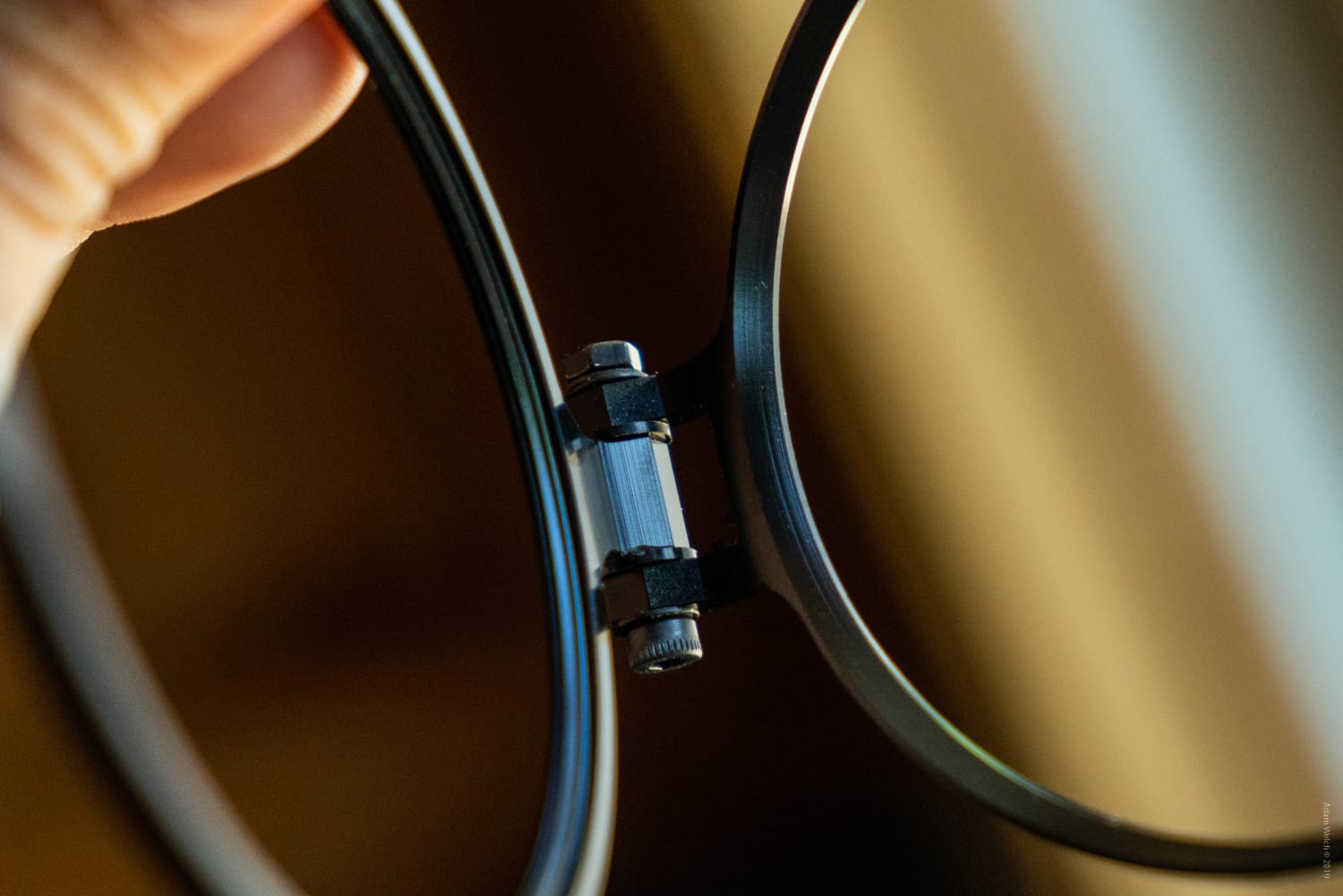
You’ll also notice that the filter holder incorporates a set of magnets which secures the flip of front to the body of the holder when in use. I was delighted to see that the folks at Alter have also incorporated a passive locking mechanism in addition to the magnets.
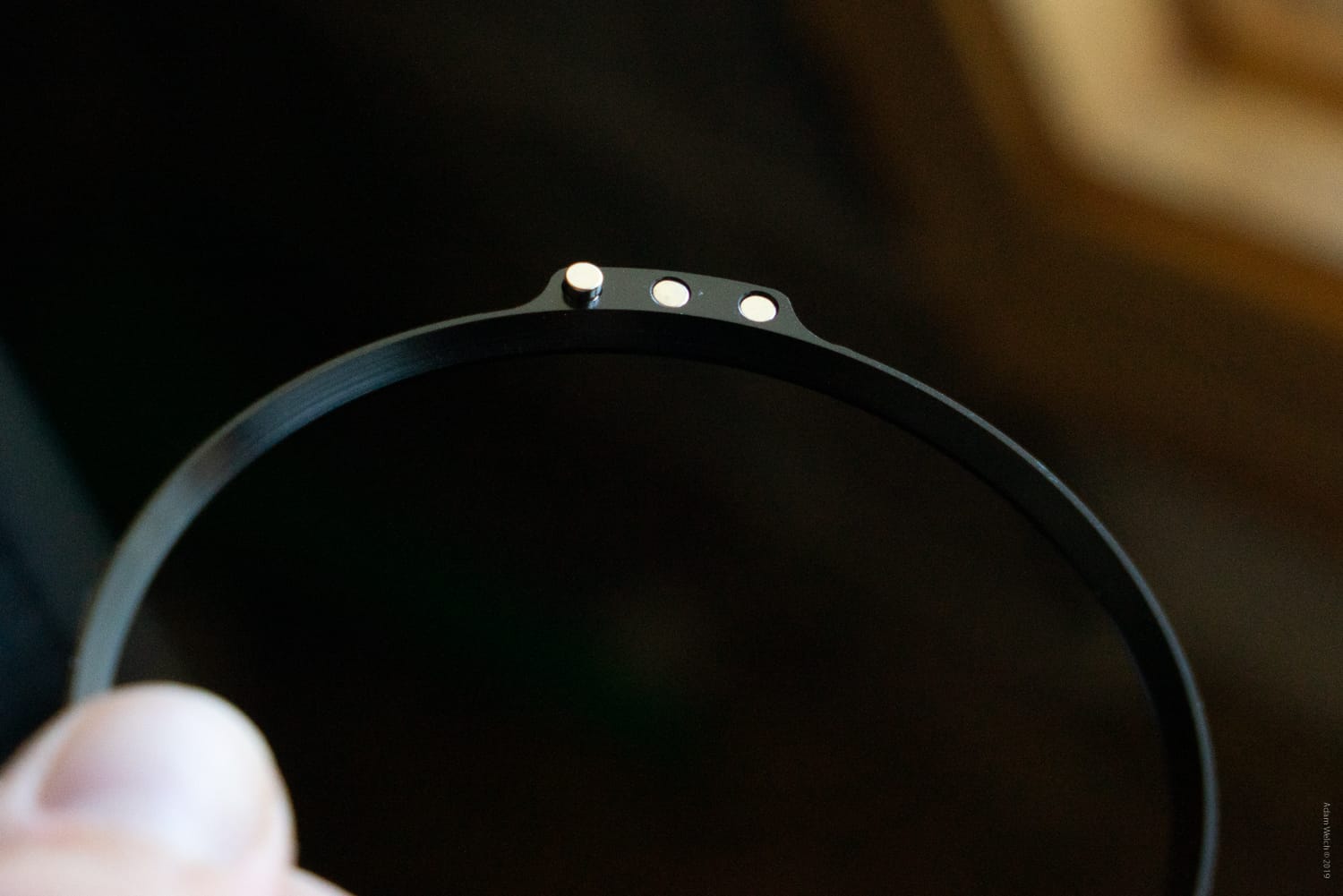
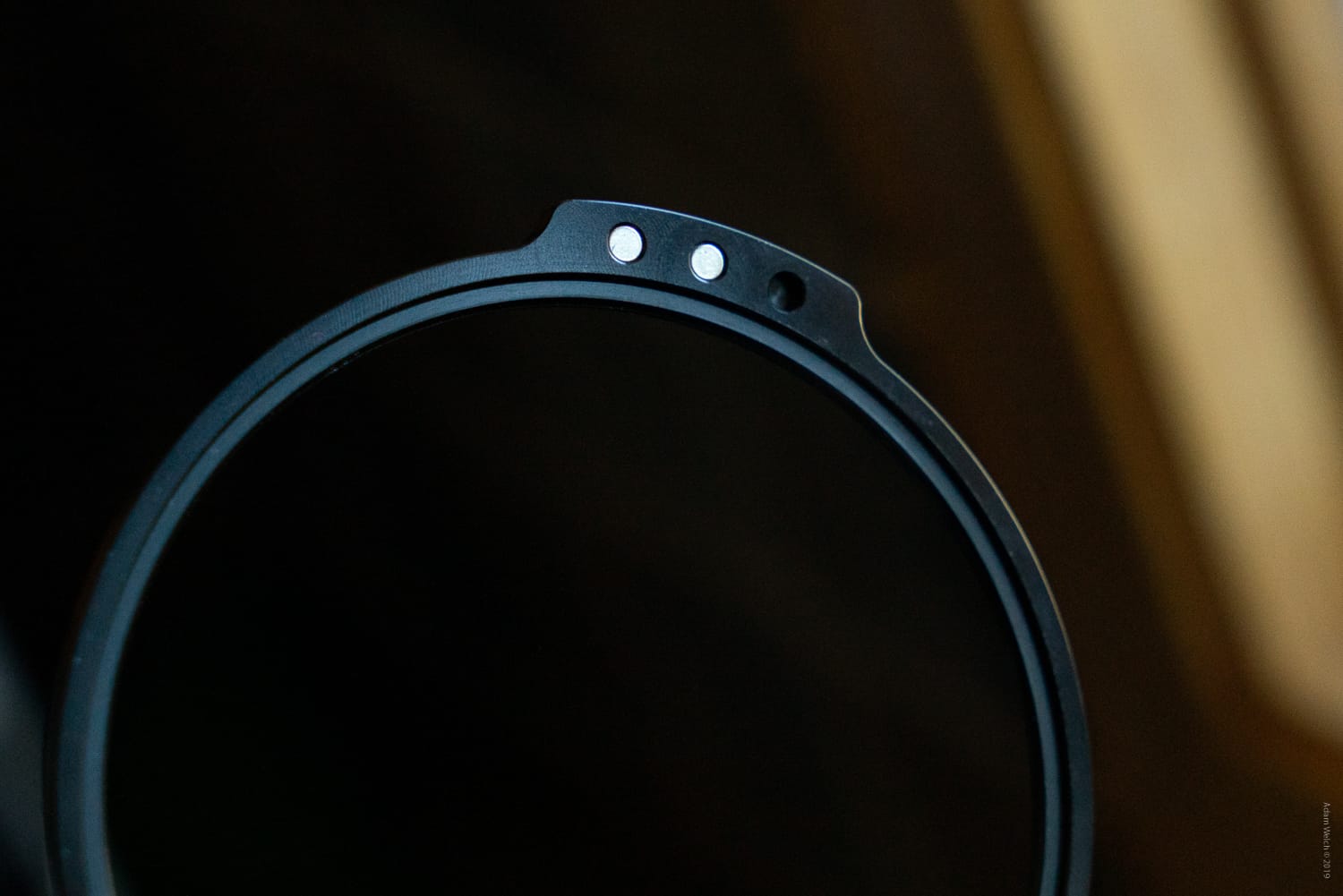
This keeps the entire filter holder system from twisting (and ultimately breaking) when applying or removing filters.
Field Testing
I tested the RFS across an extensive variety of lenses and camera platforms including conventional DSLR, full frame mirrorless and even my large format 4×5 view camera.
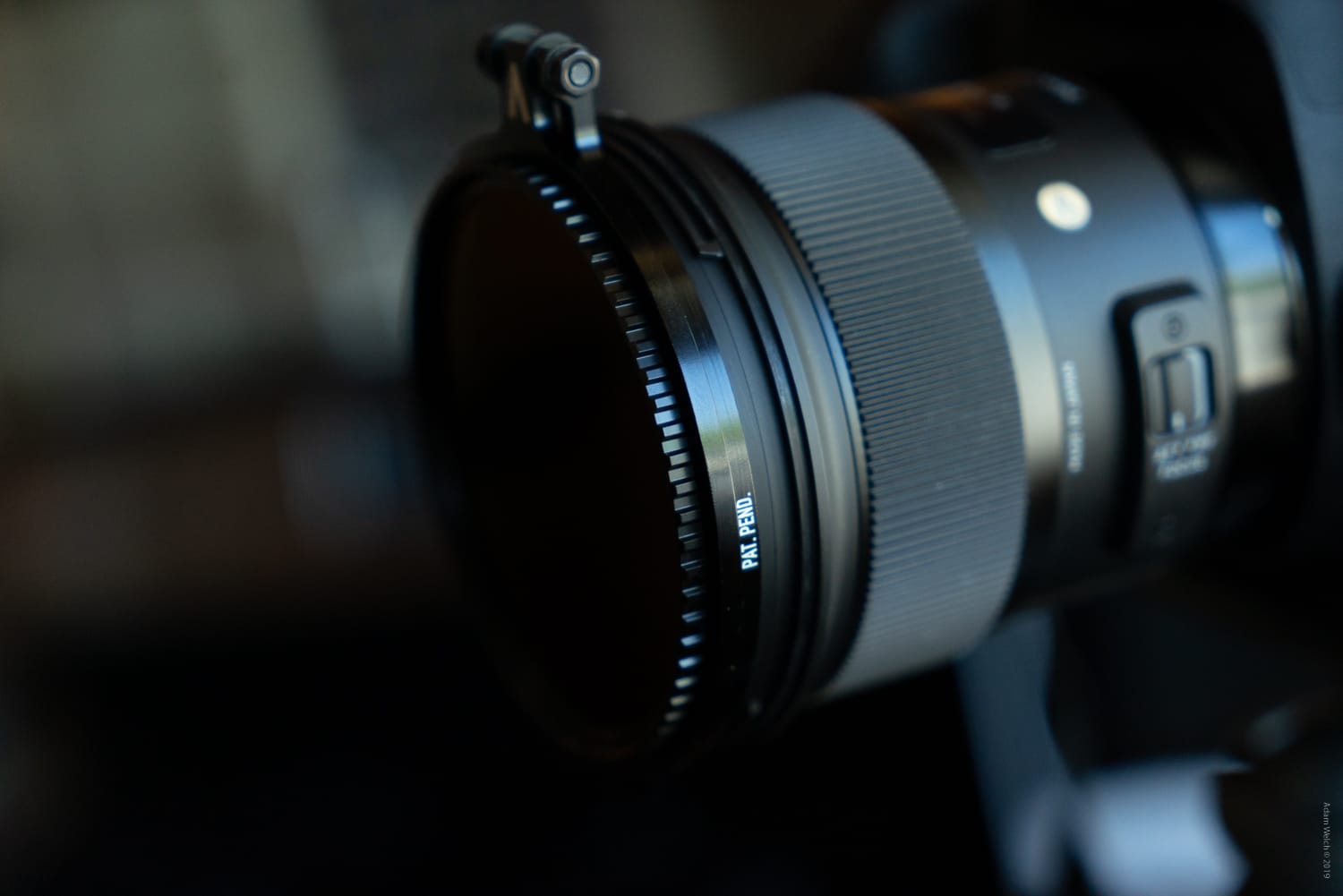
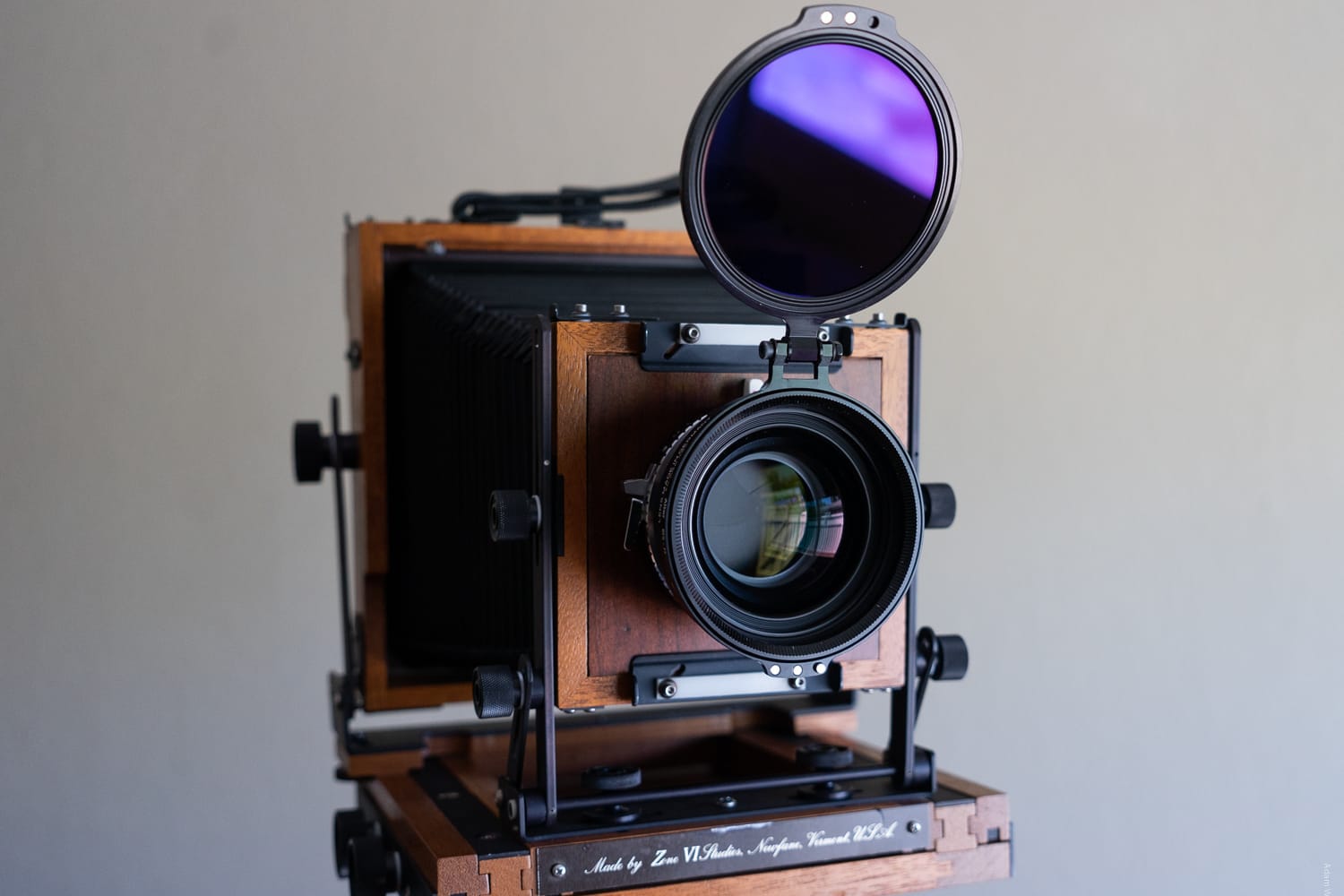
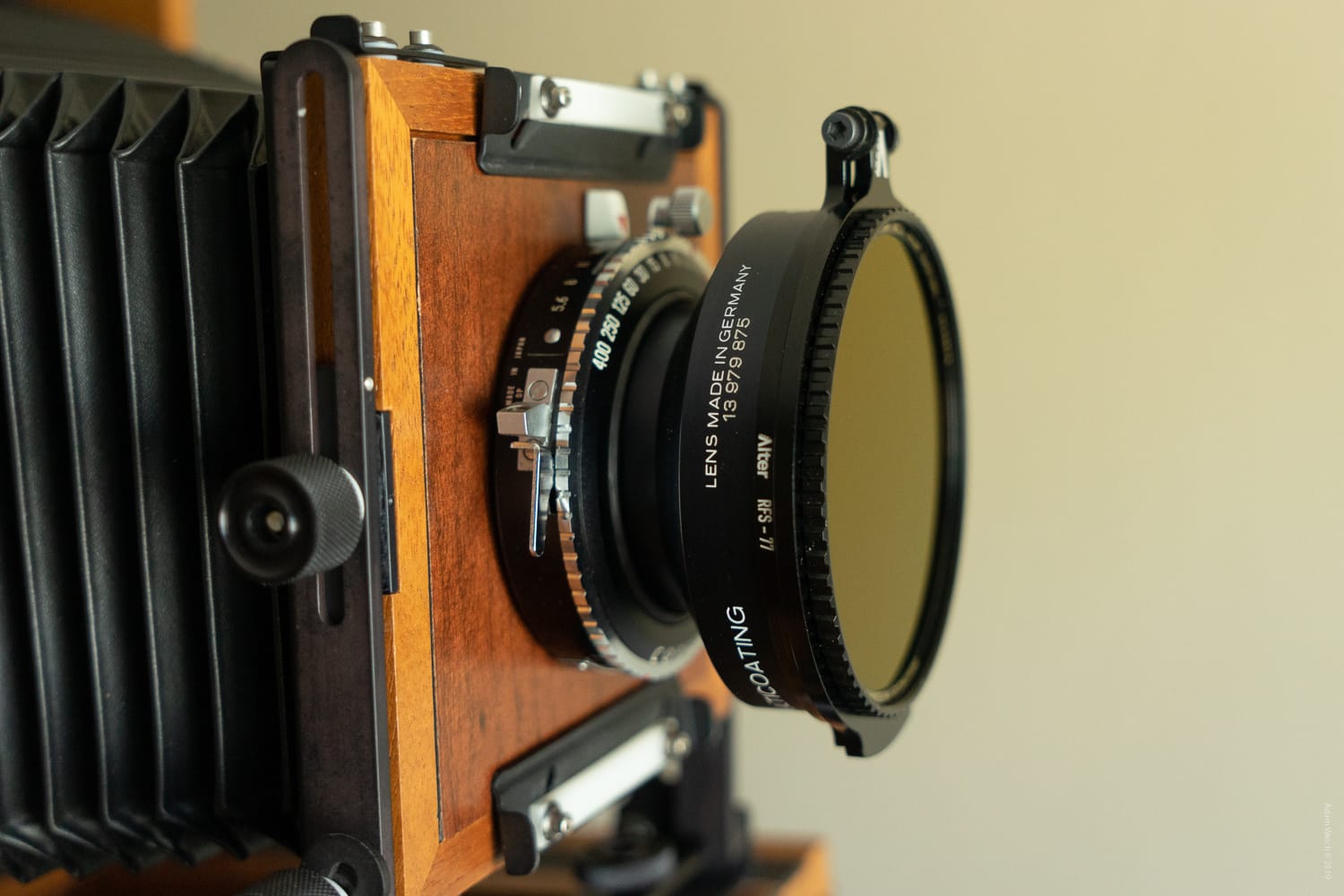
It also works just fine with lens caps, just not with your lens hood, at least with the lenses I employed this was the case.

I even used the RFS, which was a 77mm filter size, with a 67mm filter size lens using a step-up ring.

This brings up another interesting concept introduced by the team at Alter; the RFS+. What makes the RFS+ different than the regular RFS model is the incorporation of an integrated step-up ring built right into the system.
Here’s a photo (courtesy of Alter) showing the RFS and RFS+ side by side.
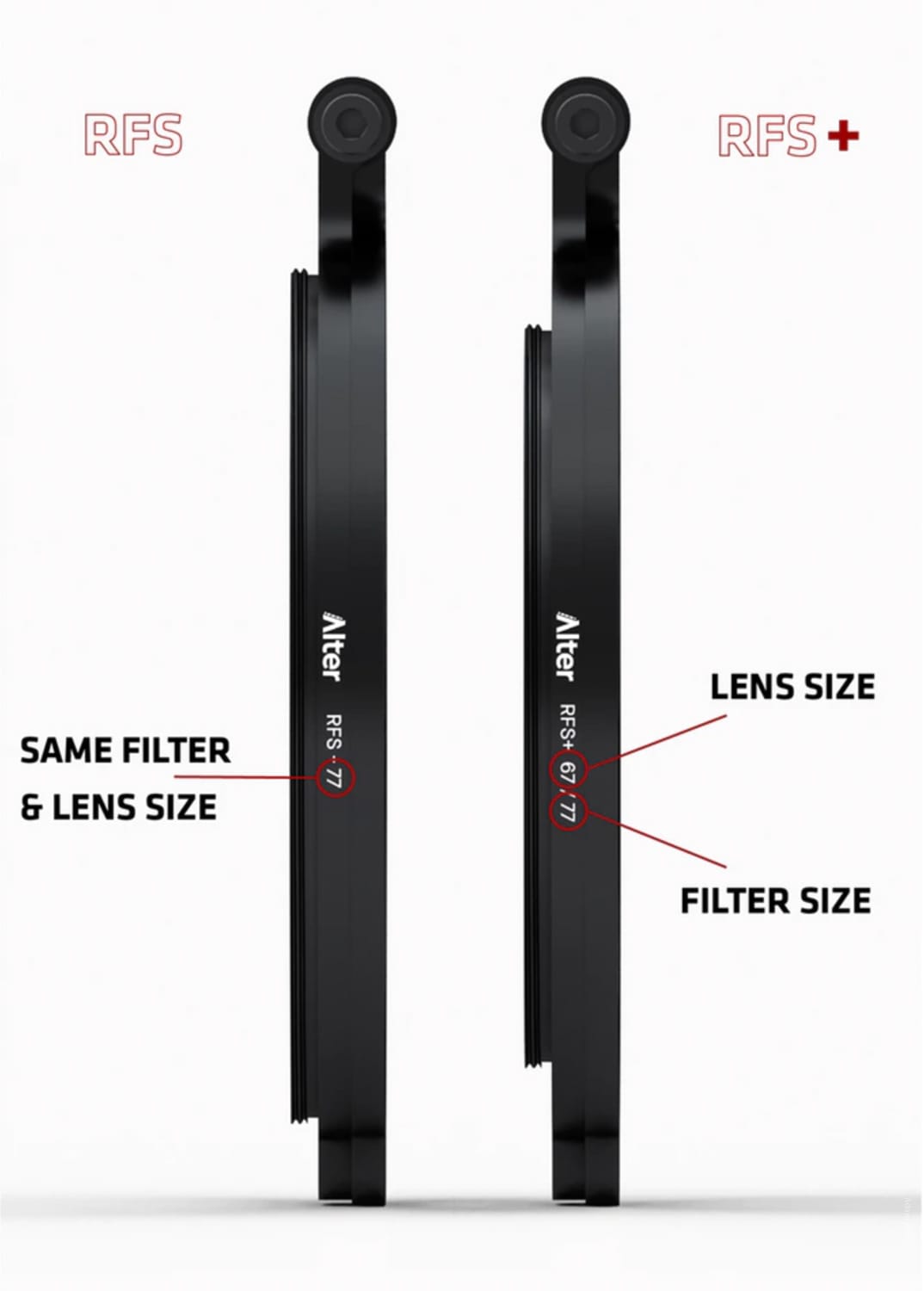
So instead of first needing to apply a step-up ring as I did above, the RFS+ does all the work for you by first attaching to the lens filter threads and allowing you to use a larger filter without any further augmentations. Simply pick the RFS+ size that you need for your particular filter and lens, and you’ll be good to go.
Possible Vignetting
The team over at Alter freely admits that with wide angle lenses the RFS can induce some vignetting. However, this is only true for lenses which approach super-wide angle perspectives, and of course, the degree of vignetting depends on the quality of your filters as well as your aperture. The company states possible vignetting issues when using prime lenses at focal lengths shorter than 18mm and zoom lenses shorter than 30mm. I used the RFS with a 24mm prime lens as well as a 24-70mm zoom. With the 24mm prime, I happily experienced no vignetting due to the RFS at all.
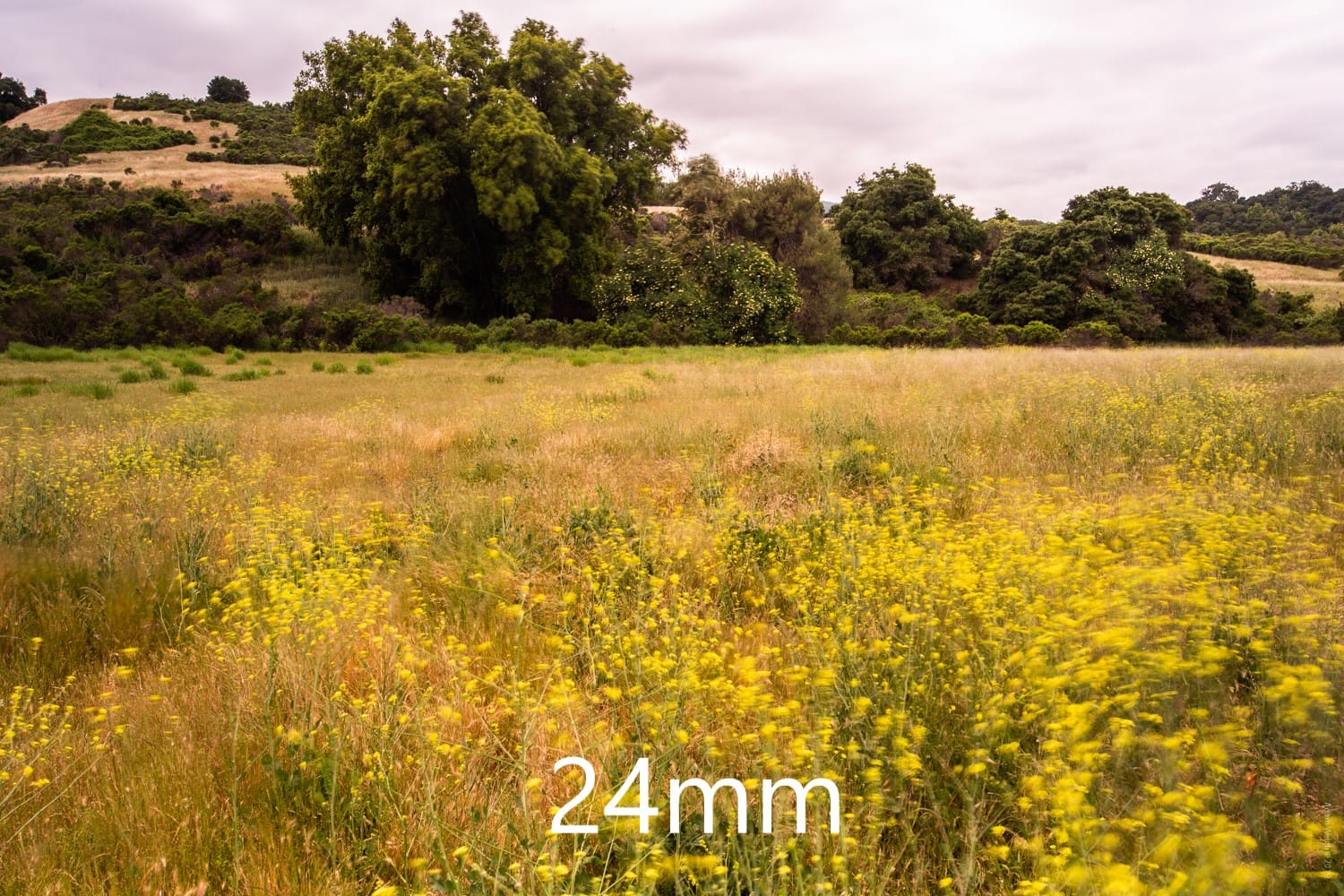
@ 24mm · prime lense
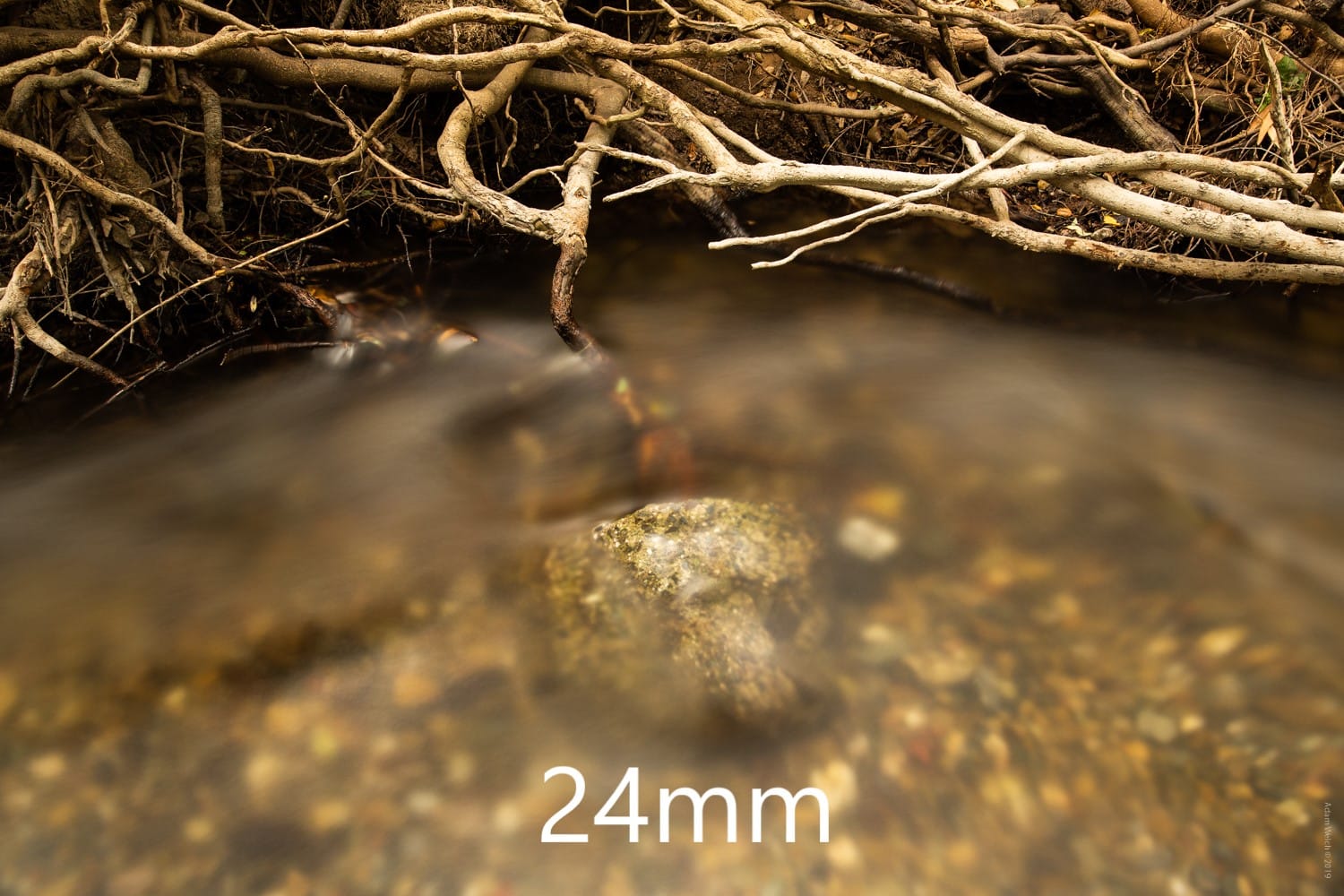
@ 24mm · prime lense
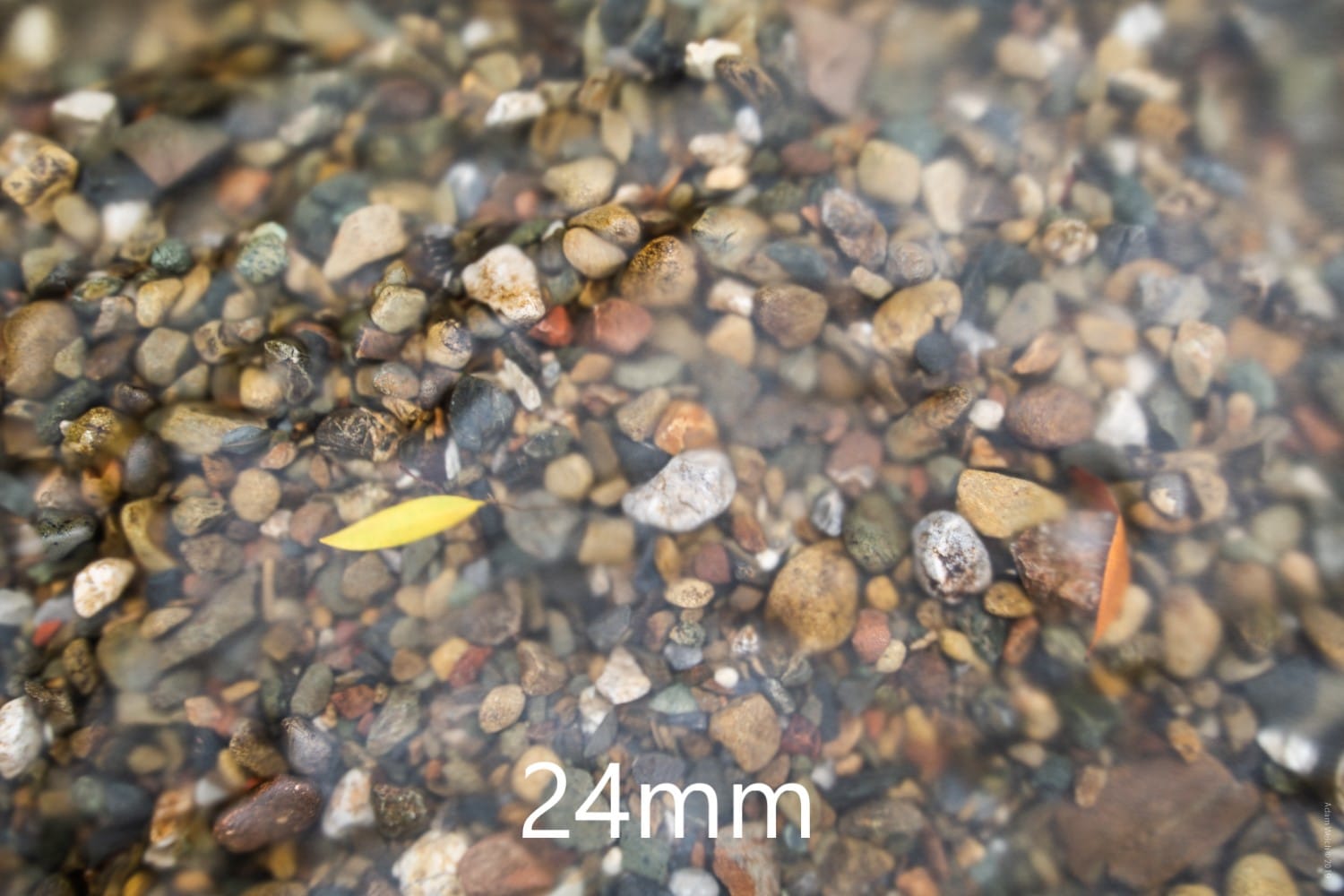
@ 24mm · prime lense
However, there was some vignetting observed when I switched to the zoom lens while remaining at 24mm focal length.
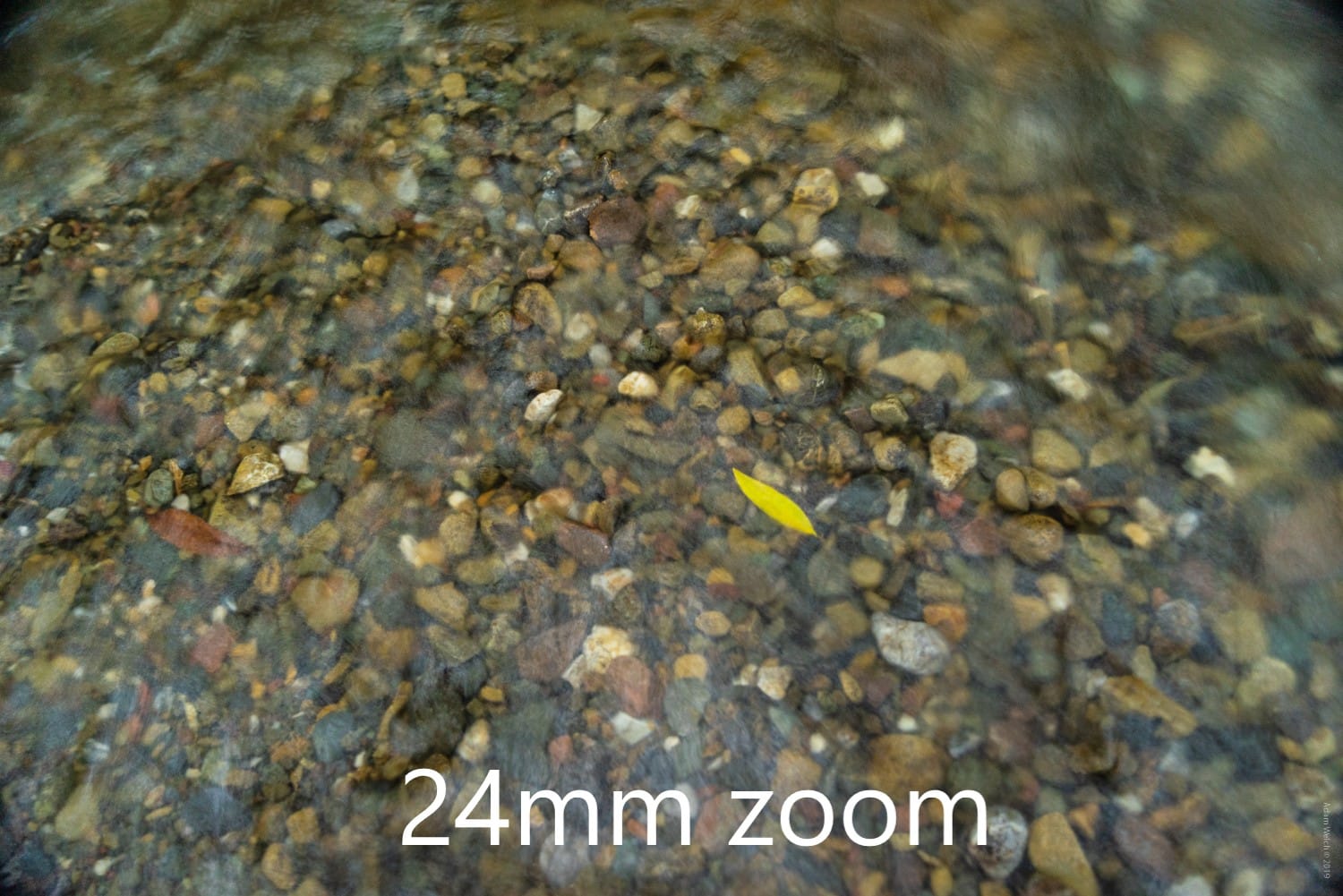
@ 24mm · zoom lens
Of course, zooming in to 70mm showed no vignetting whatsoever.
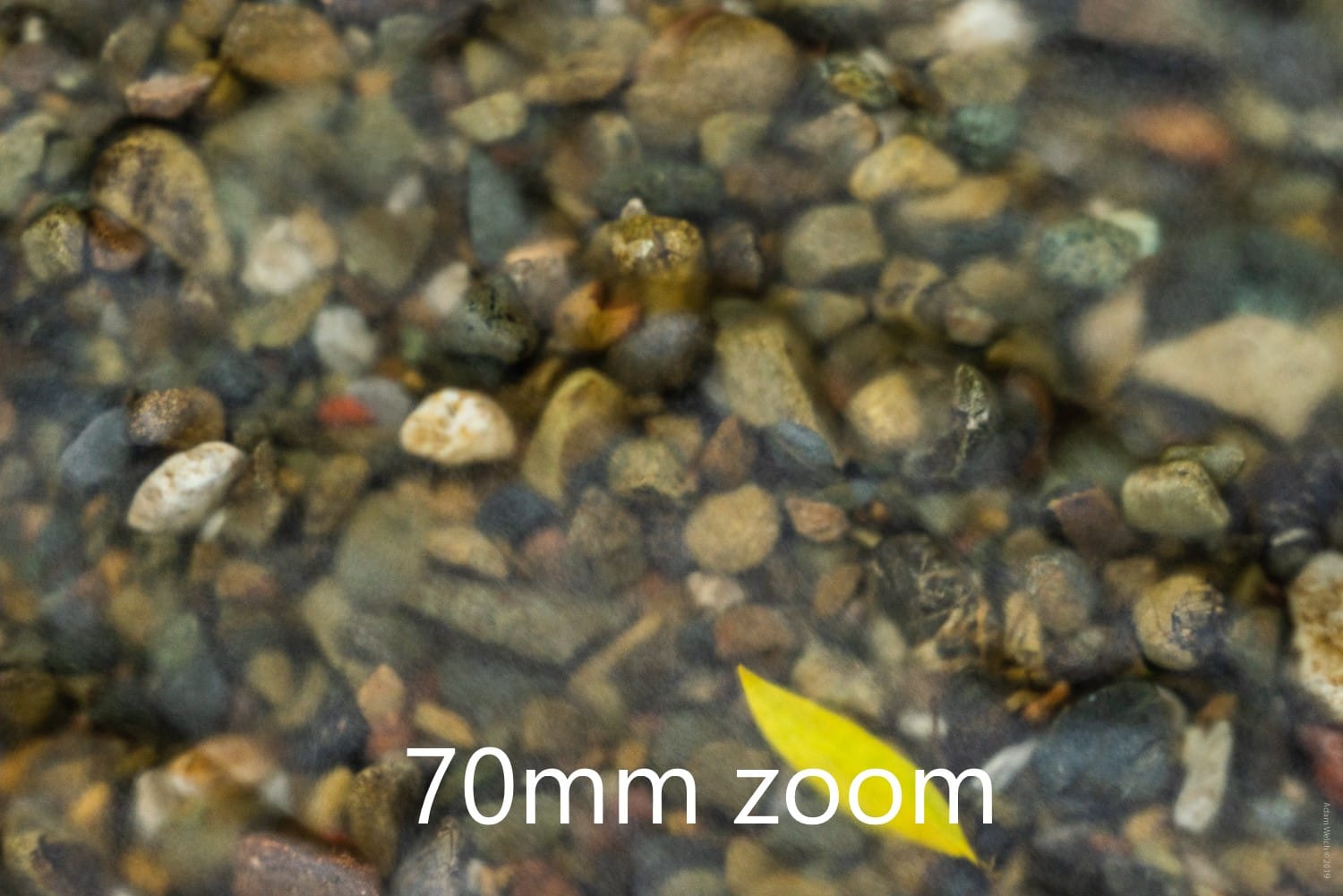
@ 70mm · zoom lens
Even though I was using the RFS with the 24-70mm in conjunction with a 77mm filter via a 67-77mm step-up ring, which offered more filter coverage relative to the lens, I still experienced moderate vignetting at 24mm.
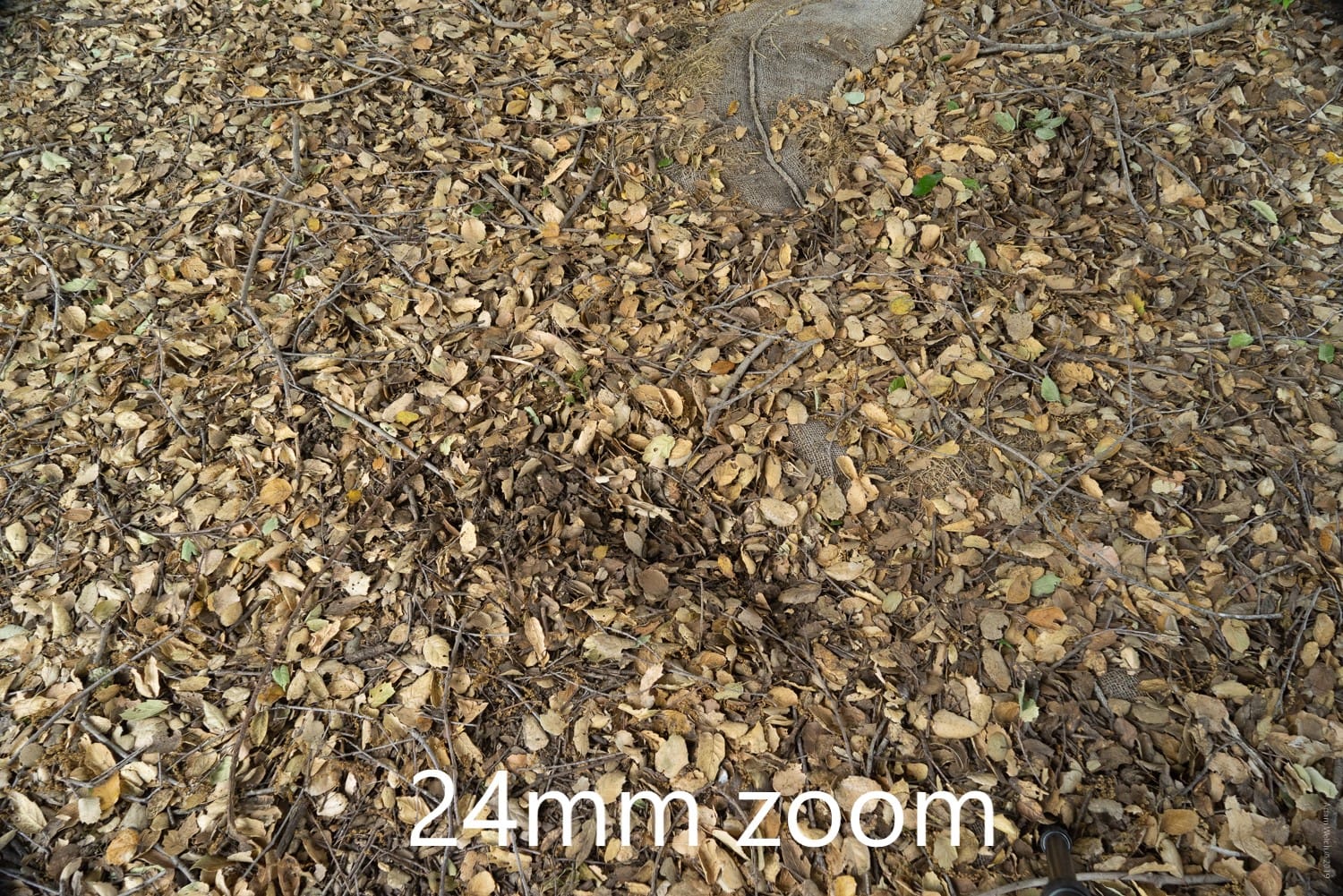
@ 24mm · zoom lens with 67-77mm step-up ring
That being said, the issue completely vanished with just a slight zoom to 28mm.
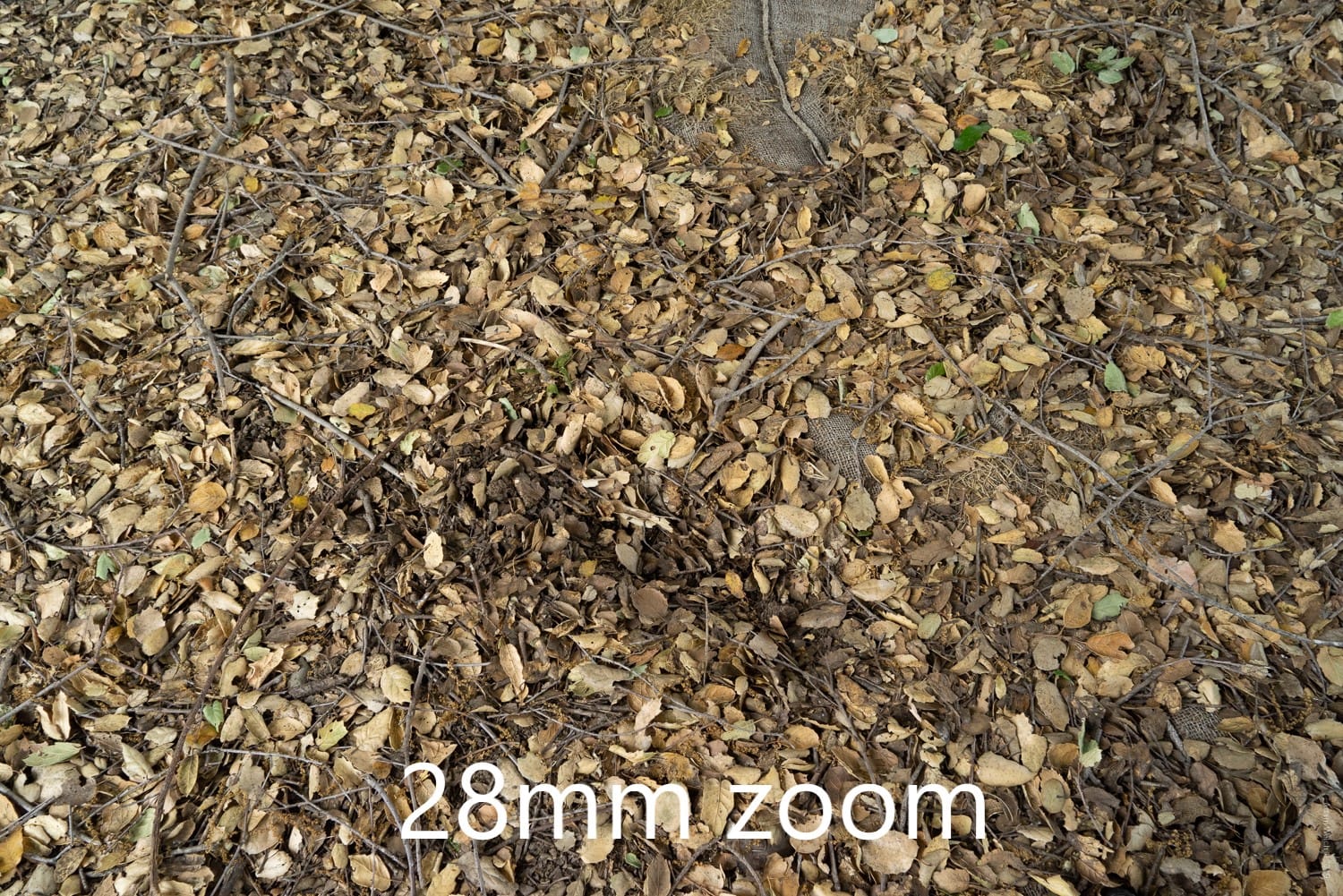
@ 28mm · zoom lens with 67-77mm step-up ring
Final Thoughts
At first, I was a little apprehensive about the RFS. How often would I use it? Would it get in the way? I must say that I was pleasantly surprised just how convenient the RFS proved to be. The team at Alter have produced a deceptively simple product which helps solve the most significant problem faced when using camera filters; putting them on and taking them off.
This is especially helpful if you rely heavily on filters in your work. Landscape shooters and videographers will love it. The RFS is extremely easy to use and adjusts to your shooting style. It very well could be the best piece of photo gear you never knew you needed.
Could the RFS or RFS+ be right for you? Learn more about Alter and their innovative filter holder systems at their Kickstarter page to get in early on the action!
